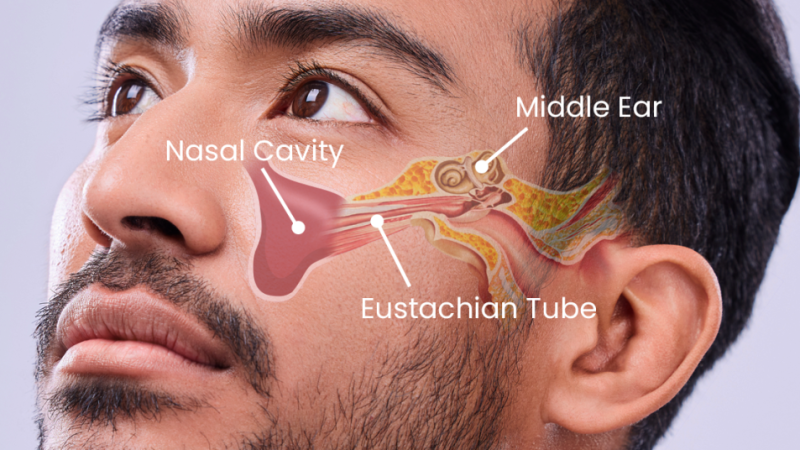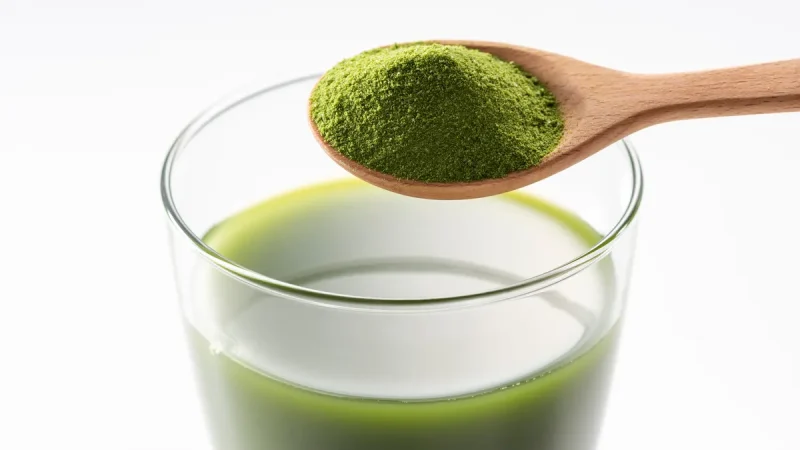How Kratom’s Alkaloids Contribute to Feelings of Euphoria

Kratom, a botanical marvel, teems with alkaloids that evoke feelings of euphoria. These compounds have been under scrutiny for decades; however, identifying their precise roles in kratom’s effects was tricky due to inconsistent data. Recent advances offer clarity through detailed analysis using NMR spectroscopy and other modern techniques to understand these elusive molecules better.
Such research is pivotal in decoding how specific alkaloids contribute to the plant’s unique properties—ushering in new possibilities for those seeking natural ways to enhance well-being with products like Effect Euphoria from Dialed Moods
Exploring Kratom’s Euphoric Alkaloids
Kratom’s alkaloids are the stars when it comes to understanding its euphoric effects. The latest research dives deep into 19 known compounds, shining a light on four novel ones. Using cutting-edge techniques like NMR and ECD spectroscopy, scientists now offer complete data sets for these molecules.
This newfound clarity means we can separate kratom’s numerous alkaloids with precision using just a handful of chemical shift markers in lab tests. And why does this matter? Well, while pain relief is often mentioned alongside kratom use, there’s no ignoring its ability to inspire feelings akin to those found in traditional opioids but without comparable risks.
In your quest for natural elevation or managing discomfort differently—exploring kratom for euphoria might be an enlightening path worth considering based on these scientific revelations!
Kratom Alkaloid Profiles and Euphoria
Kratom, primarily used for pain relief and mood disorders, harbors mitragynine—the key alkaloid linked to its effects. While feelings of euphoria are noted among users, risks exist without FDA approval or standardized dosages. Kratom can cause adverse reactions like gastrointestinal distress in nearly 80% of those affected—ranging from stomach issues to vomiting—and may result in liver or kidney injury if misused.
Medical professionals must understand potential health outcomes and drug-herb interactions with kratom use; awareness is essential for patient care regarding use or withdrawal symptoms. As research continues on this complex herb’s polypharmacological properties, consumer education remains paramount to prevent misuse and ensure safety within the community engaging with kratom products.
Synergistic Effects of Kratom on Mood
Kratom’s alkaloids, primarily mitragynine and 7-hydroxy mitragynine, interact with your brain’s opioid receptors. This mimicry is similar to morphine but also unique in its action. Specifically, these compounds support the Keap1-Nrf2 pathway, which shields neurons from harm at controlled doses while promoting antioxidative defenses within your body. Think of internal armor against cellular stress!
In addition, they have properties that combat inflammation; this can soothe various conditions without reliance on traditional meds. High dosages may lead to neurological issues you surely wish to avoid. Remember though—that same compound might be neuroprotective for aging brains or during opiate withdrawal when used wisely under guidance.
Kratom’s alkaloids play a key role in the euphoria you feel. Mitragynine interacts with your brain, acting much like opioids do, which lifts mood and dulls pain signals. Another one, 7-hydroxy mitragynine, supports this effect strongly but is found less abundantly.
Both compounds work together to bring about that sense of bliss users seek from kratom products at Dialed Moods’ Euphoria Effect collection—it’s nature mingling science for moments of uplifted spirits.







